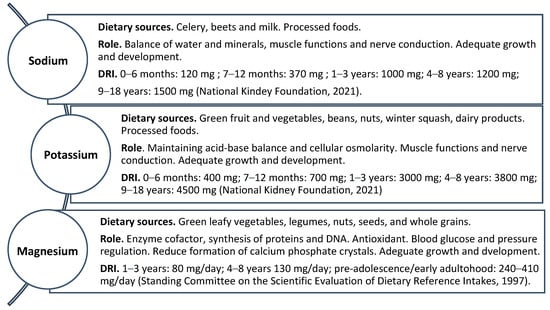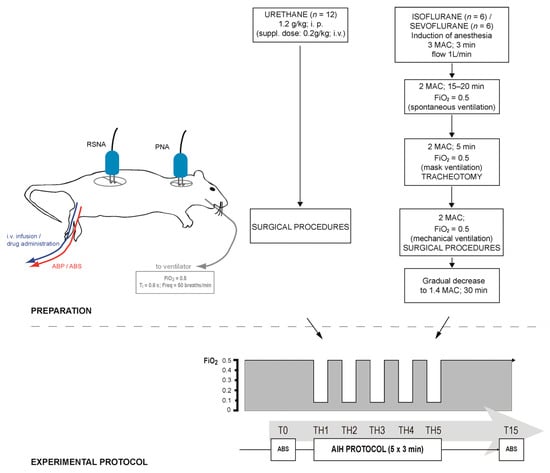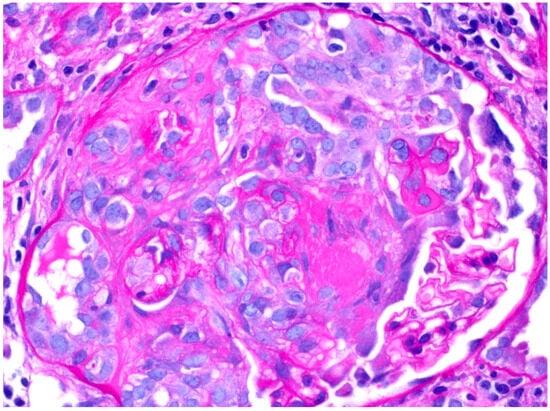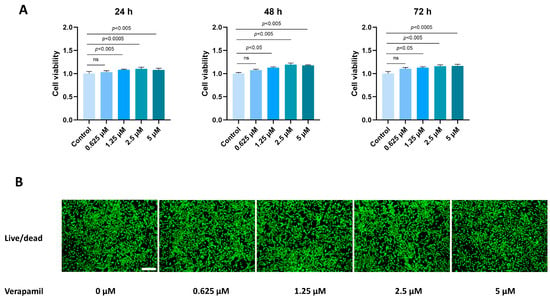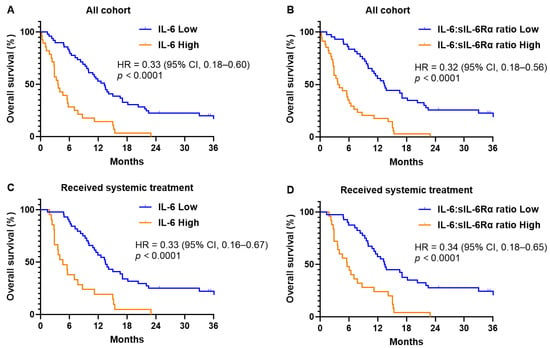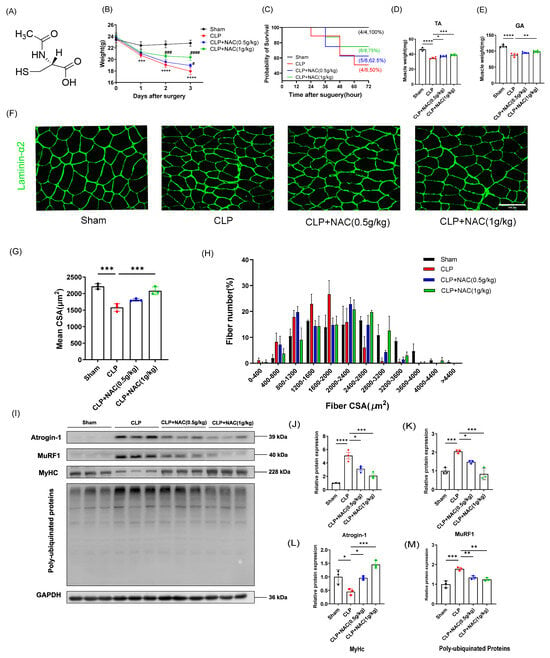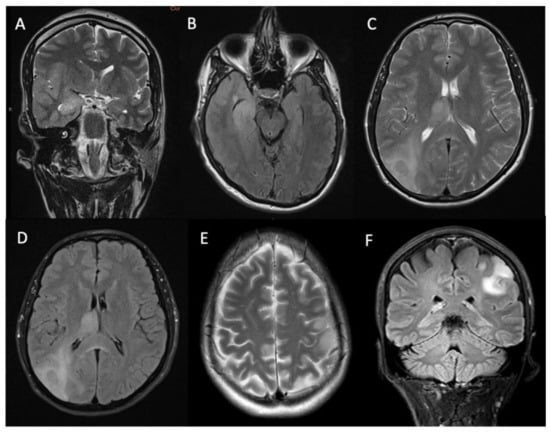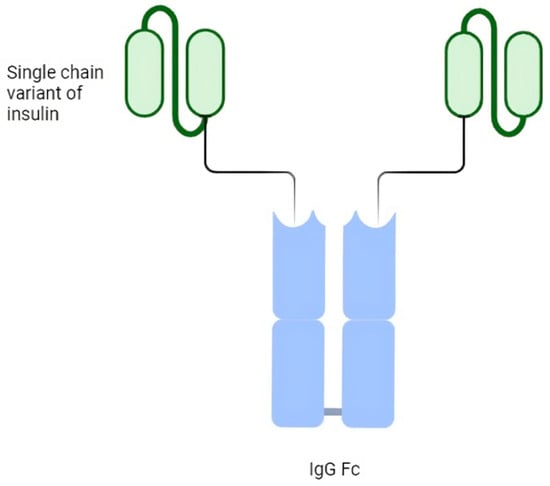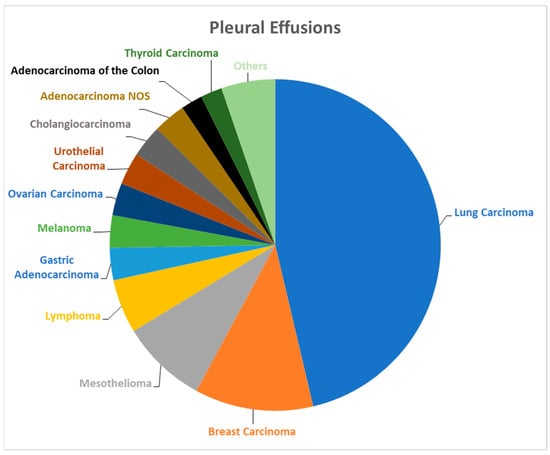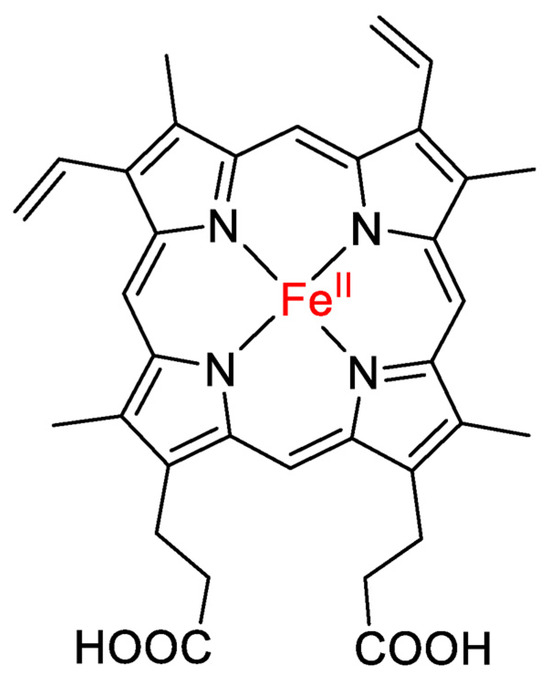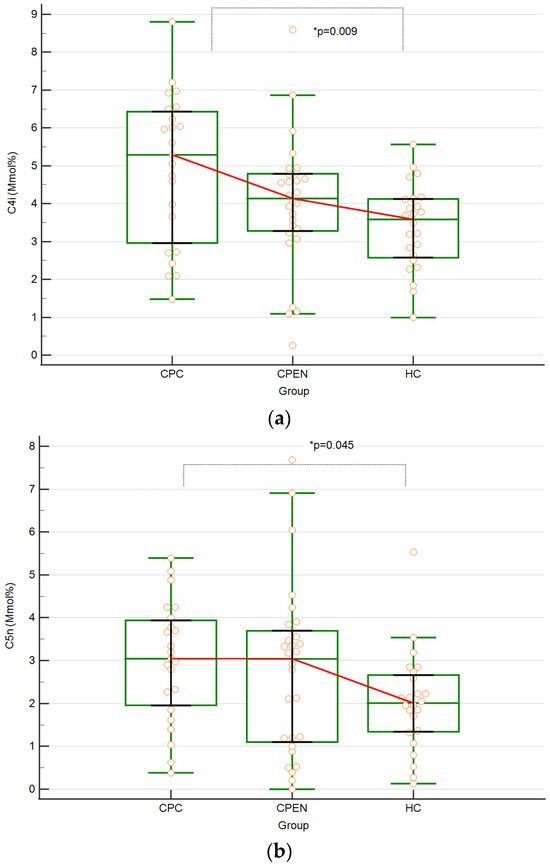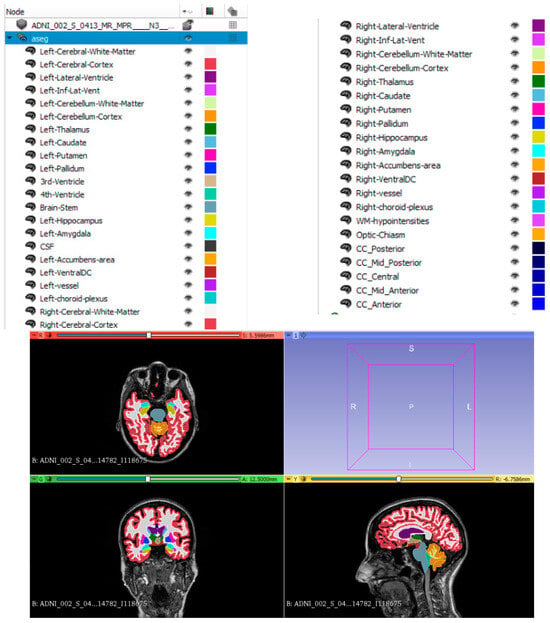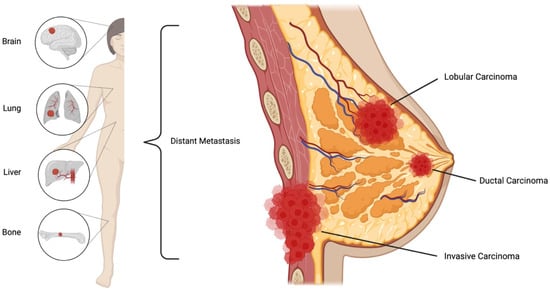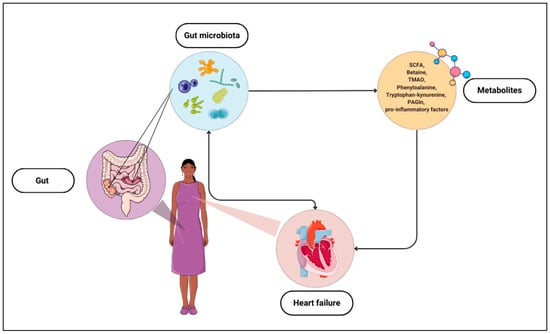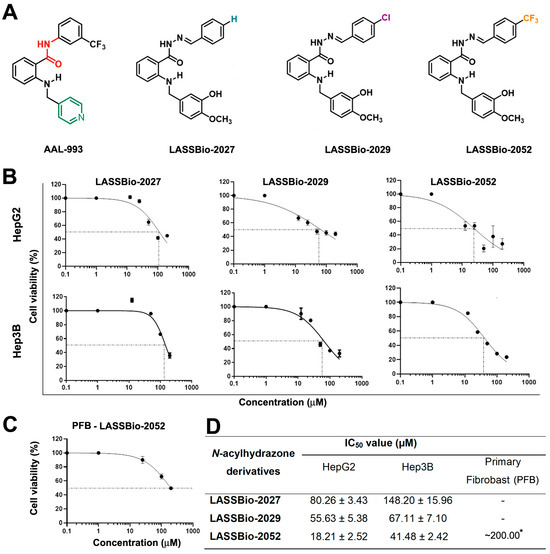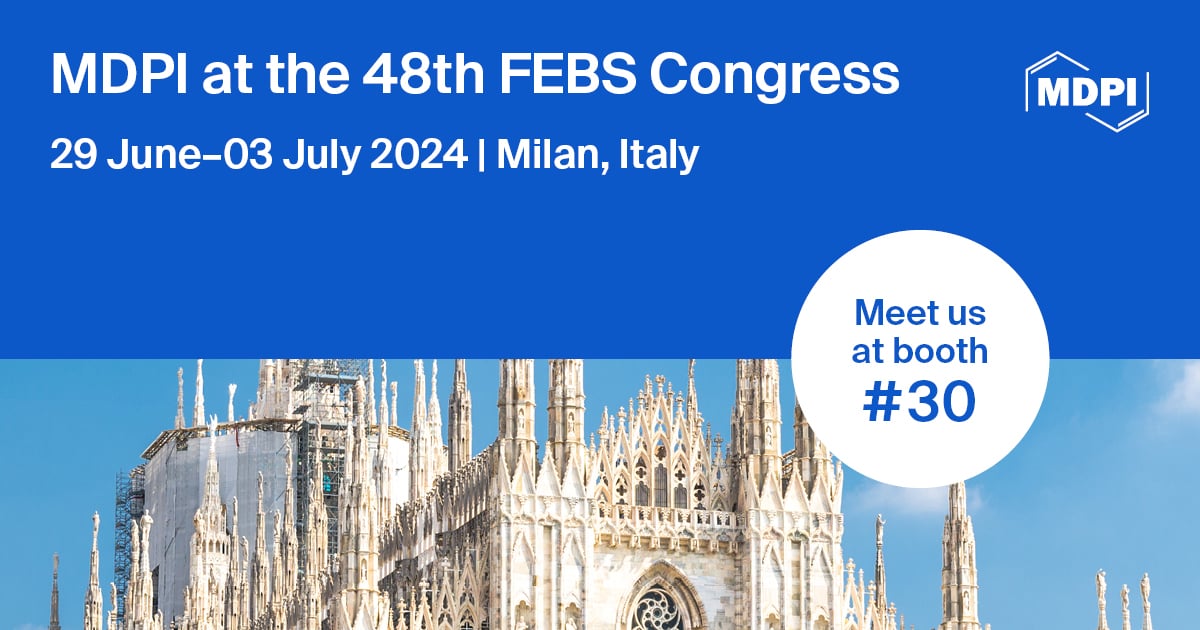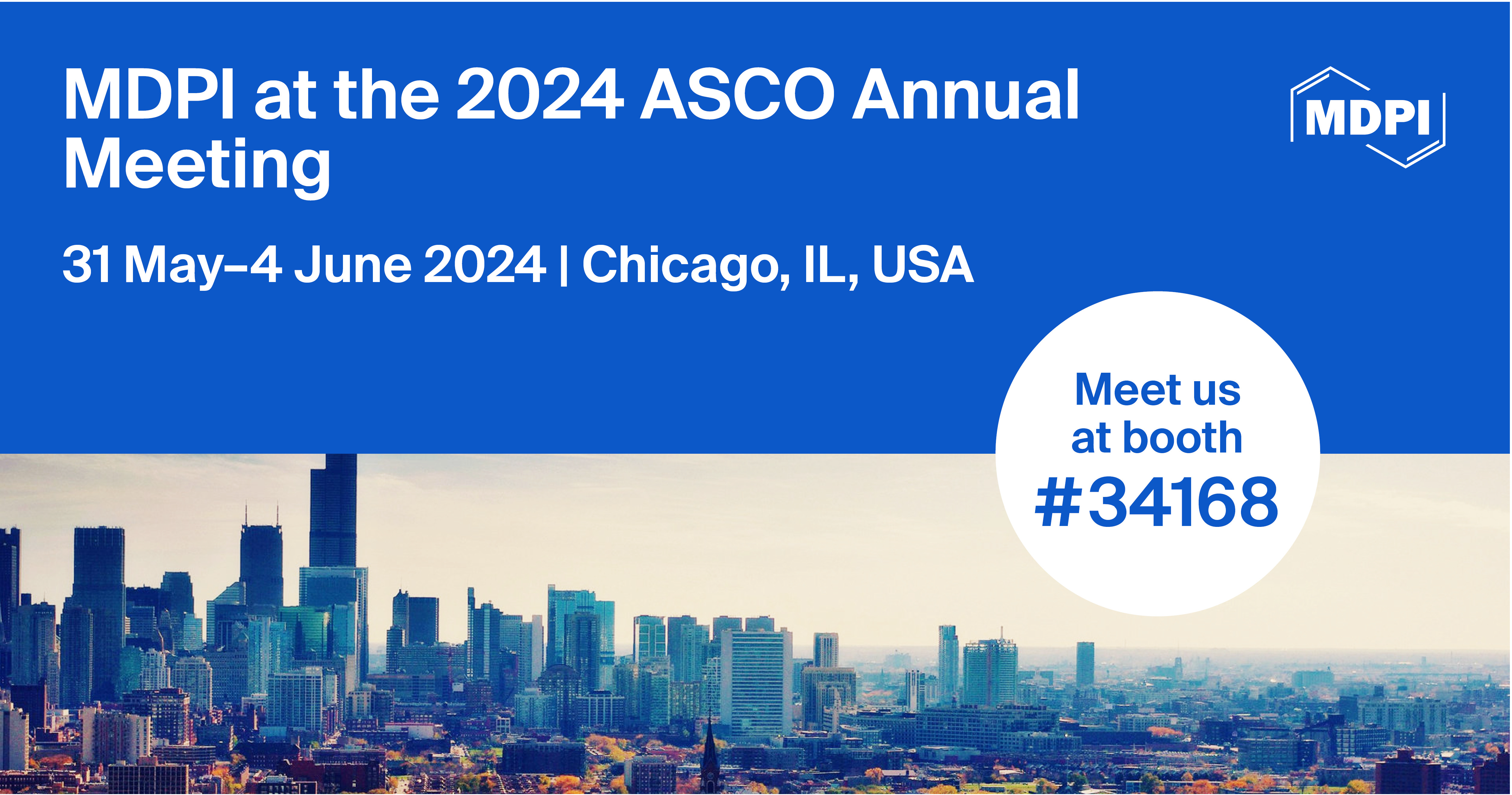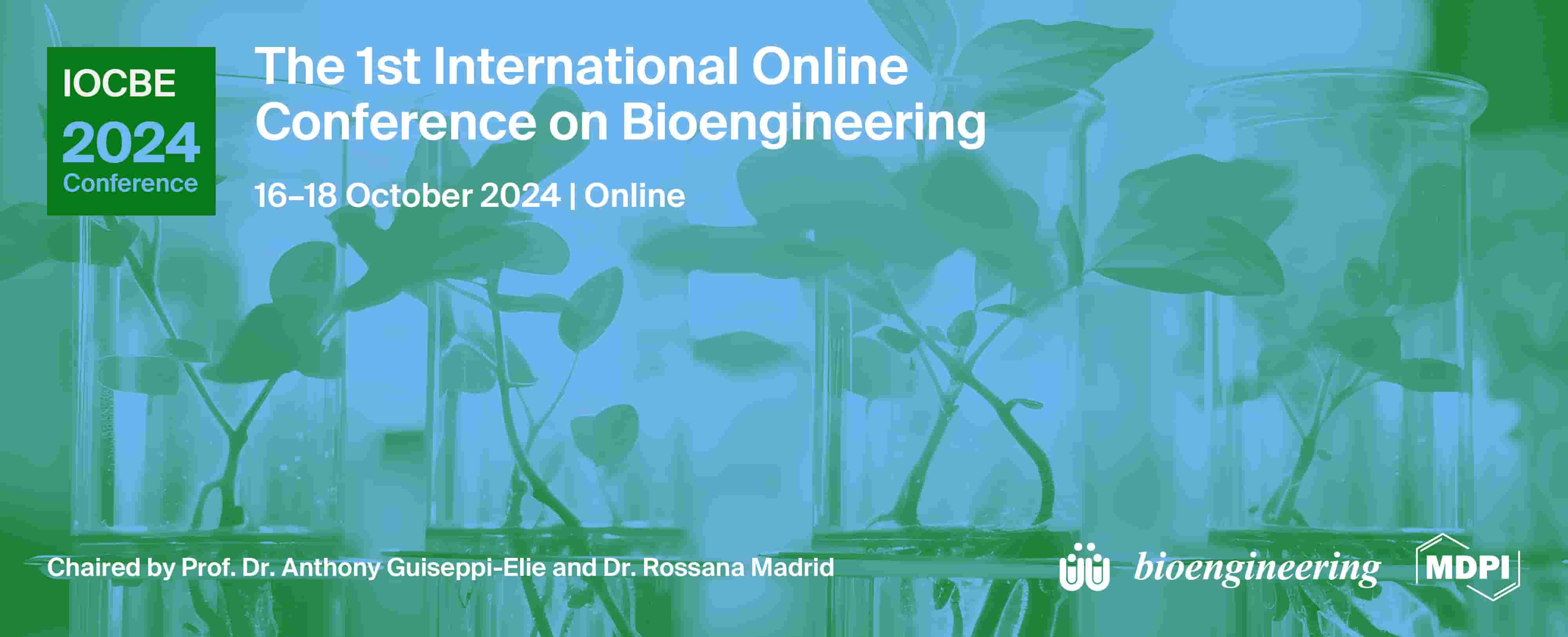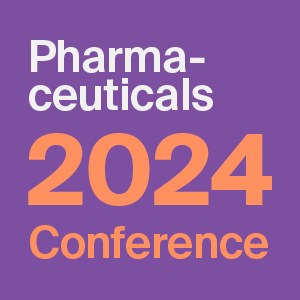-
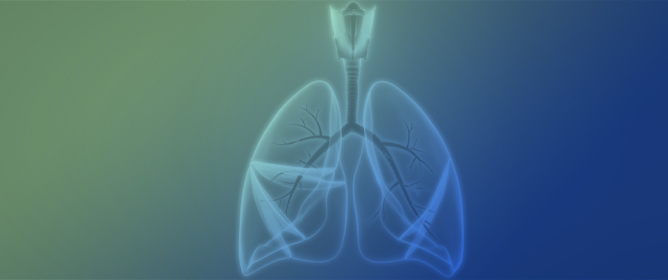 Tiny Lungs, Big Differences: Navigating the Varied COVID-19 Landscape in Neonates vs. Infants via Biomarkers and Lung Ultrasound
Tiny Lungs, Big Differences: Navigating the Varied COVID-19 Landscape in Neonates vs. Infants via Biomarkers and Lung Ultrasound -
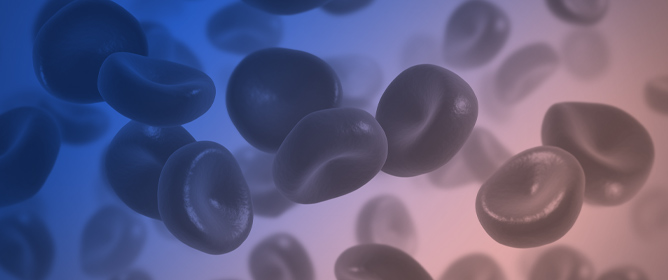 Red Blood Cell Adenylate Energetics Is Related to Endothelial and Microvascular Function in Long COVID
Red Blood Cell Adenylate Energetics Is Related to Endothelial and Microvascular Function in Long COVID -
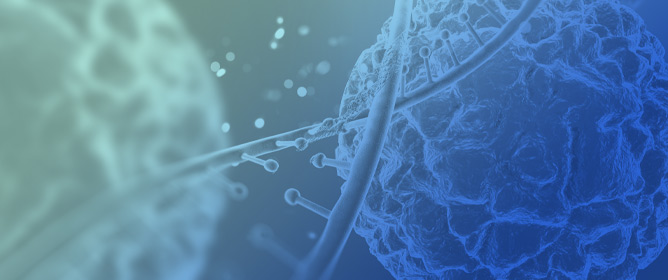 The Influence of Cross-Reactive T Cells in COVID-19
The Influence of Cross-Reactive T Cells in COVID-19 -
 Different Coactivator Recruitment to Human PPARα/δ/γ Ligand-Binding Domains by Eight PPAR Agonists to Treat Nonalcoholic Fatty Liver Disease
Different Coactivator Recruitment to Human PPARα/δ/γ Ligand-Binding Domains by Eight PPAR Agonists to Treat Nonalcoholic Fatty Liver Disease
Journal Description
Biomedicines
- Open Access— free for readers, with article processing charges (APC) paid by authors or their institutions.
- High Visibility: indexed within Scopus, SCIE (Web of Science), PubMed, PMC, CAPlus / SciFinder, and other databases.
- Journal Rank: JCR - Q1 (Pharmacology & Pharmacy) / CiteScore - Q2 (Medicine (miscellaneous))
- Rapid Publication: manuscripts are peer-reviewed and a first decision is provided to authors approximately 15.4 days after submission; acceptance to publication is undertaken in 2.9 days (median values for papers published in this journal in the second half of 2023).
- Recognition of Reviewers: reviewers who provide timely, thorough peer-review reports receive vouchers entitling them to a discount on the APC of their next publication in any MDPI journal, in appreciation of the work done.
- Companion journals for Biomedicines include: IJTM, BioMed, Anesthesia Research and Emergency Care and Medicine.
Latest Articles
E-Mail Alert
News
Topics
Deadline: 20 April 2024
Deadline: 6 June 2024
Deadline: 20 June 2024
Deadline: 30 June 2024
Conferences
Special Issues
Deadline: 30 April 2024
Deadline: 15 May 2024
Deadline: 31 May 2024
Deadline: 15 June 2024




